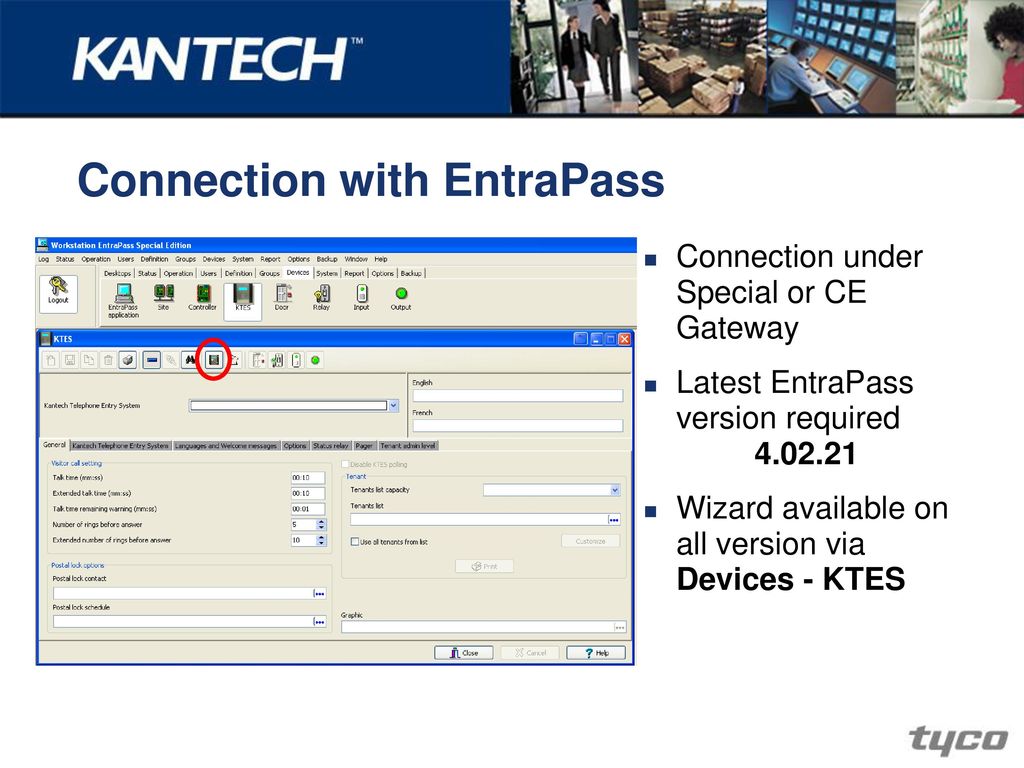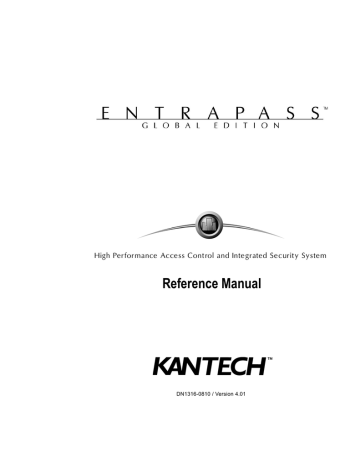

Incorporating a relevant sales strategy for your sales team and actively participating in that process is a core requirement. Here’s an example: “Our product, per access control door, consumes X amount of bandwidth over X amount of time and has a latency rate of X which is an incredible feature.” How about this approach instead: “Our system operates in real-time and takes up very little bandwidth.” Relay information simply and your sales process will in turn be simple.
Step three – Frame technical features in nontechnical terms. Developing the ability to gently guide the conversation to business outcomes and steer the conversation down a thought process that educates/enlightens your customer lets them know you’re listening to them. Solving “A” may ultimately provide increased efficiency, reduced risk, or greater productivity. While they probably already know what their objective is, they probably don’t associate that with business outcomes. Step two – Understand why they have said objective. Listen to them and stop trying to tell them about all the feature sets of your product before you’ve given them a chance to show you the easy path to winning them over. Step one – Understand your customer’s objective and what their current pain points are. Here’s a great three-step program to help with the process: Our industry is notorious for talking our way out of an easy sale. Here’s the key… ask questions and listen. This is one of those areas that is extremely simple to achieve yet often people make this effort complicated than it needs to be. And, it actually goes a bit further than that, where successful sales of cloud services also requires simplifying the conversation. Successful sales of cloud services require a strategy of simplifying the message to your customers. Simplified messaging that aligns with the ease-of-use your cloud offering provides Cloud strategies focus on operational sustainability to establish and maintain a competitive advantage, reduce risk, and increase productivity. To achieve the goal of operational continuity, businesses are choosing cloud solutions with redundant platforms. It should have the ability to navigate around any disruption of operational processes. 
It must provide inherent disaster recovery and redundant systems to mitigate risk and to ensure business continuity. You must be able to demonstrate that your cloud offering will eliminate downtime associated with upgrades, updates, and planned maintenance. Operational sustainability is a core requirement of any business.

There are several cloud-metrics used to gauge the value of a cloud offering:
#Entrapass special edition serial number drivers#
Furthermore, with 80% of companies already calculating ROI for cloud initiatives currently in process, walking into a conversation that is already taking place requires an understanding of the mindset and drivers that are motivating migration to the cloud in order to take part in that conversation.

A commanding knowledge of cloud metrics is critically essential to the success of your cloud offering. Cloud technology is here for today and the foreseeable future.








 0 kommentar(er)
0 kommentar(er)
